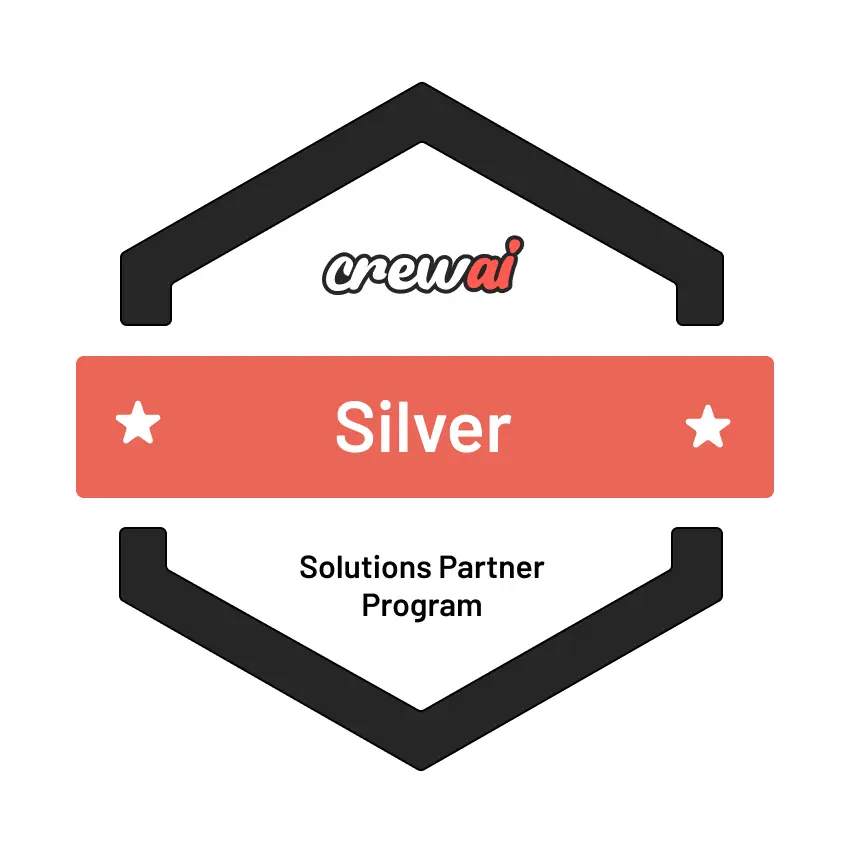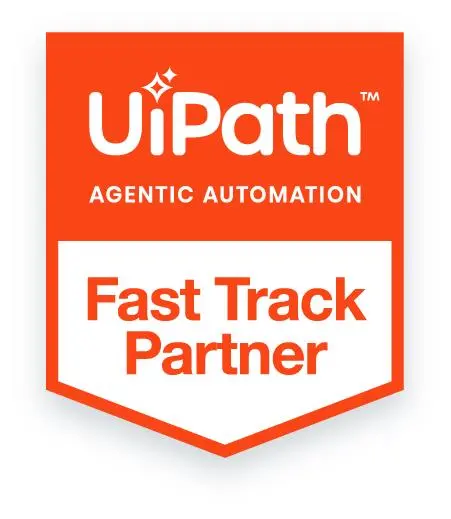
Key Takeaways
- Event-driven agents thrive on responsiveness—they react to external stimuli like data changes, user actions, or system alerts, making them ideal for predictable, low-latency workflows.
- Goal-driven agents operate on intent—they plan, act, and adapt continuously toward desired outcomes, making them suitable for dynamic, multi-step, and strategic processes.
- Hybrid architectures are emerging as the practical future: event-driven systems provide sensory input, while goal-driven agents provide long-term direction and reasoning.
- Governance and intent alignment are critical for goal-driven systems to prevent “runaway” behavior that optimizes local objectives at the expense of global business outcomes.
- The strategic question for CIOs isn’t which paradigm is technically superior, but what kind of behavior they want their digital workforce to exhibit—reflexive responsiveness or purposeful intelligence.
There’s a quiet tension building in the world of AI orchestration. Not about which large language model outperforms another, or whether open-weight models will dethrone proprietary ones—but about how agents should behave. Should they wake up when something happens, or should they work toward something that must happen?
That’s the split between event-driven and goal-driven agent models—two paradigms that sound similar on paper but produce radically different enterprise behaviors once deployed. You can think of them as cousins from different schools: one reactive and reliable, the other strategic and occasionally unpredictable.
In enterprise automation and agentic architecture, this isn’t just an academic distinction. It determines how your systems coordinate, how resources are consumed, and whether you end up with agile digital operations or a tangled web of triggered chaos.
Also read: Scaling agentic solutions: from pilot to enterprise rollout strategies
What Each Paradigm Really Means
Most descriptions of event-driven vs. goal-driven architectures stop at the surface:
- Event-driven agents respond to external triggers—API calls, data changes, human inputs, or system alerts.
- Goal-driven agents operate toward predefined objectives, adjusting their steps dynamically until they achieve a desired outcome.
That’s true, but incomplete. The philosophical difference is deeper. Event-driven systems are built around reaction. They care about what just happened. Goal-driven systems, on the other hand, are built around intention. They care about what must happen next.
An event-driven architecture is a bit like a reflex arc—stimulus in, response out. Goal-driven behavior is more like executive function: weighing alternatives, prioritizing steps, and adapting when the environment changes.
Enterprises often confuse the two because modern agentic frameworks blur boundaries. A customer service agent might seem “goal-driven” because they’re trying to resolve a ticket—but under the hood, it may just be reacting to new messages, each treated as an event. The difference isn’t cosmetic—it affects everything from scalability to error recovery.
The Anatomy of an Event-Driven Agent
In a classic event-driven setup, the agent is asleep until something happens.
A trigger could be:
- A customer submitting a support request
- A transaction exceeding a threshold
- A file landing in an S3 bucket
- A webhook signaling task completion
Once activated, the agent processes the input, executes a defined action, and often shuts down again. It doesn’t maintain long-term memory or context unless explicitly designed to.
This architecture aligns well with existing enterprise workflows because it mirrors how business systems already function—ERP updates, CRM events, and IoT signals. That’s why many early “AI agent” integrations simply wrapped intelligence around events: a smarter responder, not a thinker.
Strengths of event-driven models:

- Predictability: You know exactly what triggers an action and when.
- Scalability: Statelessness makes it easy to parallelize or queue workloads.
- Compatibility: Fits neatly with microservices, message brokers, and serverless infrastructure.
- Cost efficiency: No persistent computation until something needs attention.
Weaknesses:
- Lack of continuity: Agents don’t hold long-term objectives unless you chain events manually.
- Over-triggering: Complex processes can spiral into event storms.
- Limited reasoning: Agents can’t reprioritize or strategize without external orchestration.
A classic real-world example? Payment fraud detection systems. They listen for transaction events, score them in real time, and decide whether to approve or block. The logic is laser-focused on the event, not the broader customer behavior or evolving fraud patterns.
For compliance and latency-critical workflows, that’s ideal. But for multi-step, outcome-oriented tasks, event-driven design starts to show cracks.
The Anatomy of a Goal-Driven Agent
Goal-driven agents flip the model. Instead of reacting to external inputs, they hold a target state in mind—say, “close this customer deal” or “ensure this shipment reaches its destination with minimal cost”—and continuously plan, act, and re-evaluate until that state is achieved.
This involves three critical capabilities:
- Planning—decomposing goals into subgoals or actions.
- Reasoning – evaluating progress and environmental changes.
- Autonomy—deciding when and how to act without explicit triggers.
In effect, goal-driven agents think in trajectories instead of instances.An enterprise example: an autonomous claims-processing agent in insurance that doesn’t just respond to a new FNOL (First Notice of Loss) but owns the goal of settling the claim efficiently. It orchestrates sub-agents for document validation, policy checks, fraud analysis, and customer updates—without waiting for explicit instructions at every step.
Strengths of goal-driven models
- Strategic autonomy: Agents can handle multi-step objectives and reason about dependencies.
- Context preservation: Continuous understanding of goals reduces context-switching overhead.
- Adaptability: Agents can replan when conditions change, without halting the workflow.
Weaknesses:
- Complexity: You need sophisticated state management and orchestration layers.
- Unpredictability: Agents may take unanticipated routes to reach their goals.
- Resource usage: Long-running agents can consume compute even when idle.
The technical heart of this paradigm is often a belief-desire-intention (BDI) or planning-based model—structures borrowed from cognitive architectures. In modern implementations, this can map to multi-agent orchestration frameworks using reasoning loops, memory stores, and self-reflective feedback mechanisms.
The Enterprise Trade-Off: When to Choose Which
No architecture wins universally. The right choice depends on what your system values most: responsiveness or purpose.
Event-driven models excel when:
- Workflows are modular and tightly coupled to system events.
- The process requires low latency and high throughput.
- Each task has a clear “start-trigger → action → end” lifecycle.
- You already operate on a message bus or serverless model.
Goal-driven models shine when:
- The outcome matters more than the sequence.
- You need coordination among multiple agents or services.
- The environment changes dynamically, requiring replanning.
- Tasks span multiple domains or decision layers.
For example, a logistics company may use event-driven agents to track shipment milestones (scanning, arrival, departure) but rely on goal-driven ones to continuously optimize route efficiency or manage rerouting during disruptions.
Mixing both is not only possible—it’s often necessary. Most real-world systems end up hybrid: event-driven triggers initiate goal-driven processes, which in turn emit new events for other systems to consume.
Architectural Implications
From a systems design standpoint, the paradigms dictate how information flows and how control is distributed
Event-driven stack:
- Message brokers like Kafka, RabbitMQ, or Azure Event Grid
- Stateless compute nodes (AWS Lambda, Azure Functions)
- Event listeners or triggers wired to business logic.
- Minimal memory or reasoning component
Goal-driven stack:
- Planning modules (like OpenDevin or LangGraph planners)
- Memory and vector stores for context retention
- Continuous control loops and feedback evaluators
- Multi-agent coordination or orchestration fabric
In agentic architectures, this distinction plays out at runtime. Event-driven agents rely on orchestration—external controllers deciding when they run. Goal-driven ones rely on self-regulation—the agent itself determines what to do next.
The shift, then, is philosophical as much as architectural: from “if-this-then-that” to “until-this-is-true.”
Real-World Patterns and Pitfalls
Consider a manufacturing quality control setup. An event-driven design listens for “inspection completed” events, flags anomalies, and alerts supervisors. Straightforward, reliable—but reactive. It won’t proactively detect when inspection frequency should increase due to supplier changes or machine wear.
A goal-driven model, however, could have the goal of maintaining defect rates below 2%. It would monitor input trends, adjust inspection sampling dynamically, and even initiate maintenance requests.
But here’s the nuance: goal-driven systems, without careful constraint, can become too autonomous. Enterprises have reported “runaway agents” that optimize for local goals (e.g., reducing cost per shipment) while degrading global outcomes (e.g., customer satisfaction).
That’s why agent governance—the equivalent of internal controls for AI—is emerging as a critical design layer. In goal-driven systems, intent alignment becomes more important than trigger reliability.
The Human Analogy (and Why It Matters)
Human organizations already operate on these two models.
- The event-driven employee responds to emails, tickets, and requests—highly responsive but often fragmented.
- The goal-driven employee pursues quarterly objectives, prioritizing strategically but sometimes missing immediate alerts.
In the best teams, you need both. Operations roles thrive on event-driven precision; strategy roles thrive on goal-driven foresight. The same holds for digital agents.
The challenge lies in orchestration: ensuring event-driven systems feed relevant signals into goal-driven reasoning layers and that goal-driven agents emit measurable outcomes back into event streams.
This interplay—signals going up, intentions coming down—is what some researchers now call the cognitive control loop of enterprise AI.
The Middle Ground: Event-Aware Goal-Driven Systems
There’s a growing realization that enterprises can’t afford a binary choice. Instead, architectures are emerging that blend both paradigms.
In these hybrid systems:
- Events act as sensory input.
- Goals define behavioral direction.
- Agents maintain memory and context between both.
Technically, this manifests as:
- Goal-conditioned policies: where the same agent can react differently to the same event depending on its current goal.
- Event prioritization engines: that decide which events are worth reacting to, given ongoing objectives.
- Hierarchical agent orchestration: where a top-level goal-driven agent delegates sub-tasks to event-driven micro-agents.
This model mirrors biological systems—your body reacts reflexively to heat (event-driven), but your mind still plans to avoid future burns (goal-driven). Enterprise AI is learning the same lesson.
Strategic Perspective: What CIOs and Architects Should Consider
If you’re responsible for automation strategy or AI integration, choosing between these paradigms isn’t about theoretical purity—it’s about organizational intent.
Ask:
- Do you want systems that react quickly or persist intelligently?
- Is your data flow structured around events or outcomes?
- Can your teams handle long-running autonomous processes, or do you need strict execution boundaries?
Some practical indicators:
- Heavy reliance on streaming data pipelines → lean event-driven.
- Use cases involving adaptive optimization or long-horizon planning → go goal-driven.
- If compliance or auditability is critical → event-driven may offer more traceability.
- If innovation or process evolution is the focus → goal-driven provides flexibility.
At Auxiliobits, we often see a transitional pattern: enterprises starting with event-driven RPA or API automation and progressively layering goal-driven AI agents on top to create what we call Agentic Process Automation (APA)—where events still trigger, but goals now govern.
The Real Question: What Do You Want Your Agents to Care About?
Technology debates often miss the point by centering around tooling—frameworks, protocols, and runtime efficiency. But the deeper question here is philosophical: What do you want your digital workforce to care about?
If you want absolute determinism, traceable execution, and guaranteed responsiveness, event-driven architectures are your foundation.
If you want adaptive, self-correcting intelligence capable of pursuing open-ended objectives, goal-driven design is the next step.
And if you want both, build agents that can react and reason.
Because in the end, the future enterprise won’t be one that just responds faster. It will know what’s worth responding to.








